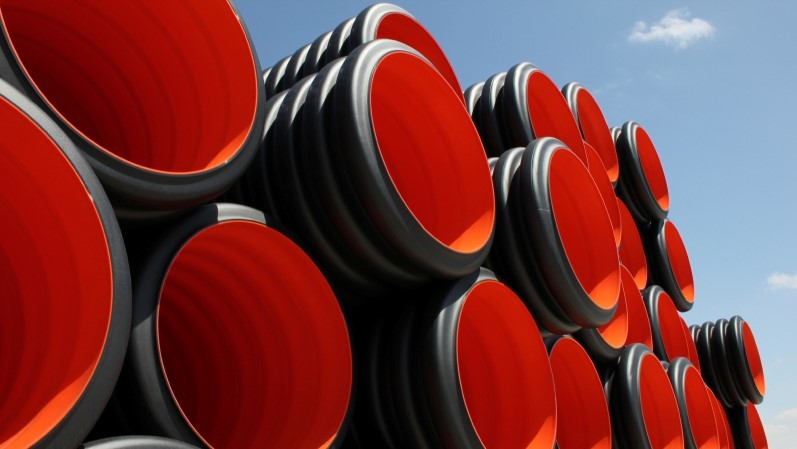Recently, there has been a growing focus on sustainable and eco-friendly materials for construction and infrastructure development. One such innovative solution that has gained significant attention is wood plastic composite (WPC) products. Through combining the best of both worlds, these materials offer a unique combination of plastics’ durability and wood’s natural beauty.
Let us explore and discover more of the potential of WPC products and how they can shape the future of infrastructures.
What are Wood Plastic Composite Products?
Wood plastic composite products are a combination of wood fibres with thermoplastic materials like polyethylene, polypropylene, or polyvinyl chloride (PVC). The wood fibres contribute strength, stability, and a natural aesthetic, while the thermoplastic components provide durability, water resistance, and flexibility. This unique blend yields a versatile material that finds applications across various infrastructure development projects.
Benefits of Wood Plastic Composite Products:
- Sustainability: WPC products are made from recycled materials, reducing the demand for virgin wood and minimising waste. By utilising plastic waste and wood byproducts, these products contribute to environmental preservation and the reduction of carbon footprint.
- Durability: Unlike traditional wood, WPC products are resistant to rotting, splintering, and termite attacks. They also have excellent resistance to moisture, UV rays, and extreme weather conditions, making them ideal for outdoor applications.
- Low Maintenance: WPC products require minimal maintenance, eliminating the need for regular staining, painting, or sealing. They are easy to clean and maintain their appearance over time, saving time and resources.
- Versatility: From decking and fencing to cladding and railing, WPC products offer endless possibilities in infrastructure design. They can be moulded into various shapes and sizes, providing architects and builders with flexibility and creative freedom.
Applications in Infrastructures
- Decking and Flooring: WPC decking boards are an increasingly popular choice for outdoor decks and patios. They offer a natural wood look, are slip-resistant, and are highly durable, withstanding heavy foot traffic and harsh weather conditions.
- Fencing and Cladding: WPC fencing and cladding provide an attractive alternative to traditional materials. They offer privacy, noise reduction, and enhanced aesthetics, all while requiring minimal maintenance.
- Bridges and Railings: WPC products are used to construct bridges and railings due to their excellent strength and durability. They can withstand heavy loads, resist corrosion, and provide an appealing visual appeal.
- Street Furniture: WPC materials also find their way into street furniture, such as benches, picnic tables, and waste bins. These products offer a sustainable and long-lasting solution for public spaces.
As the demand for eco-friendly and long-lasting solutions continues to rise, WPC products will play a vital role in shaping the infrastructures of tomorrow. With their ability to mimic the natural beauty of wood without compromising on performance, WPC products are paving the way for a greener and more sustainable future.
Are you looking forward to exerting the advantage of WPC products in your next building project? If so, check out the best professionals to help you as you check out Sustainable Infrastructure Systems today!
